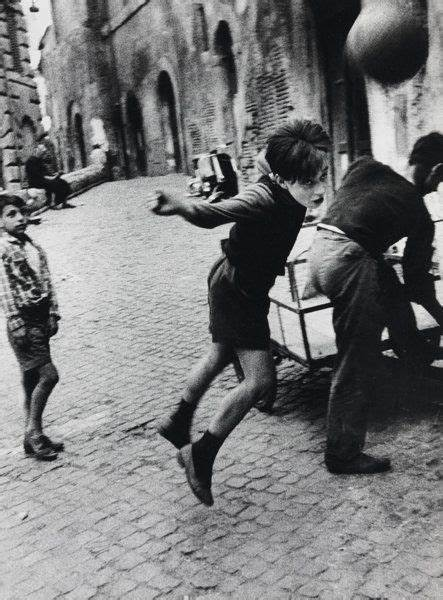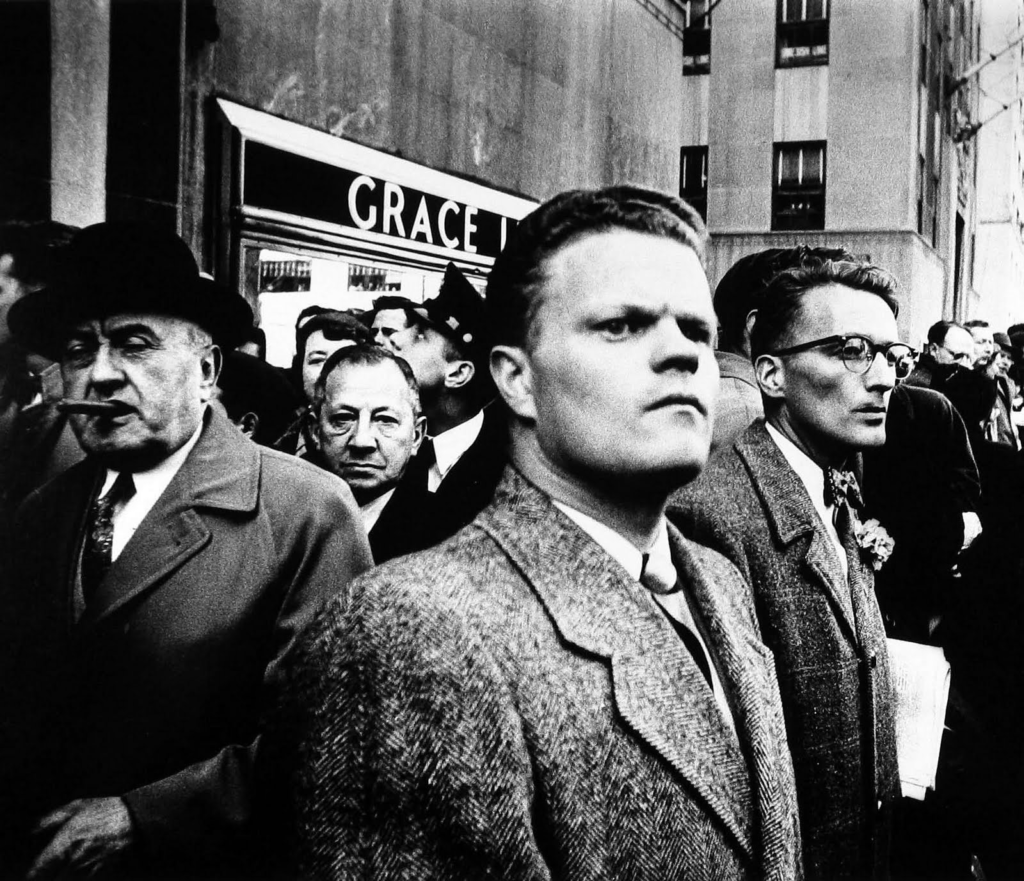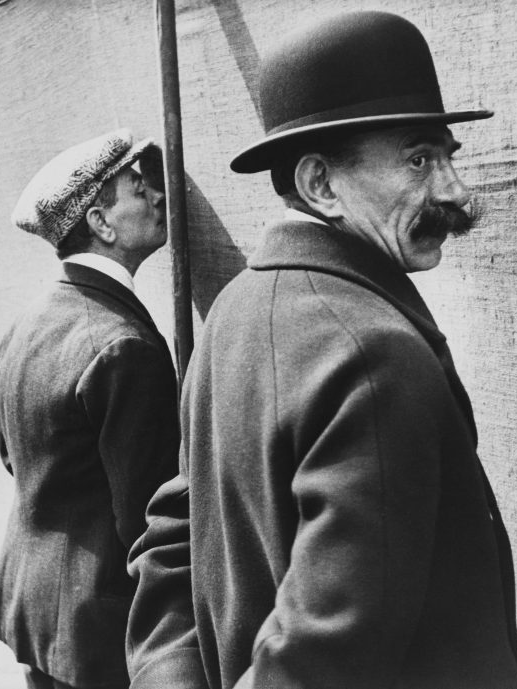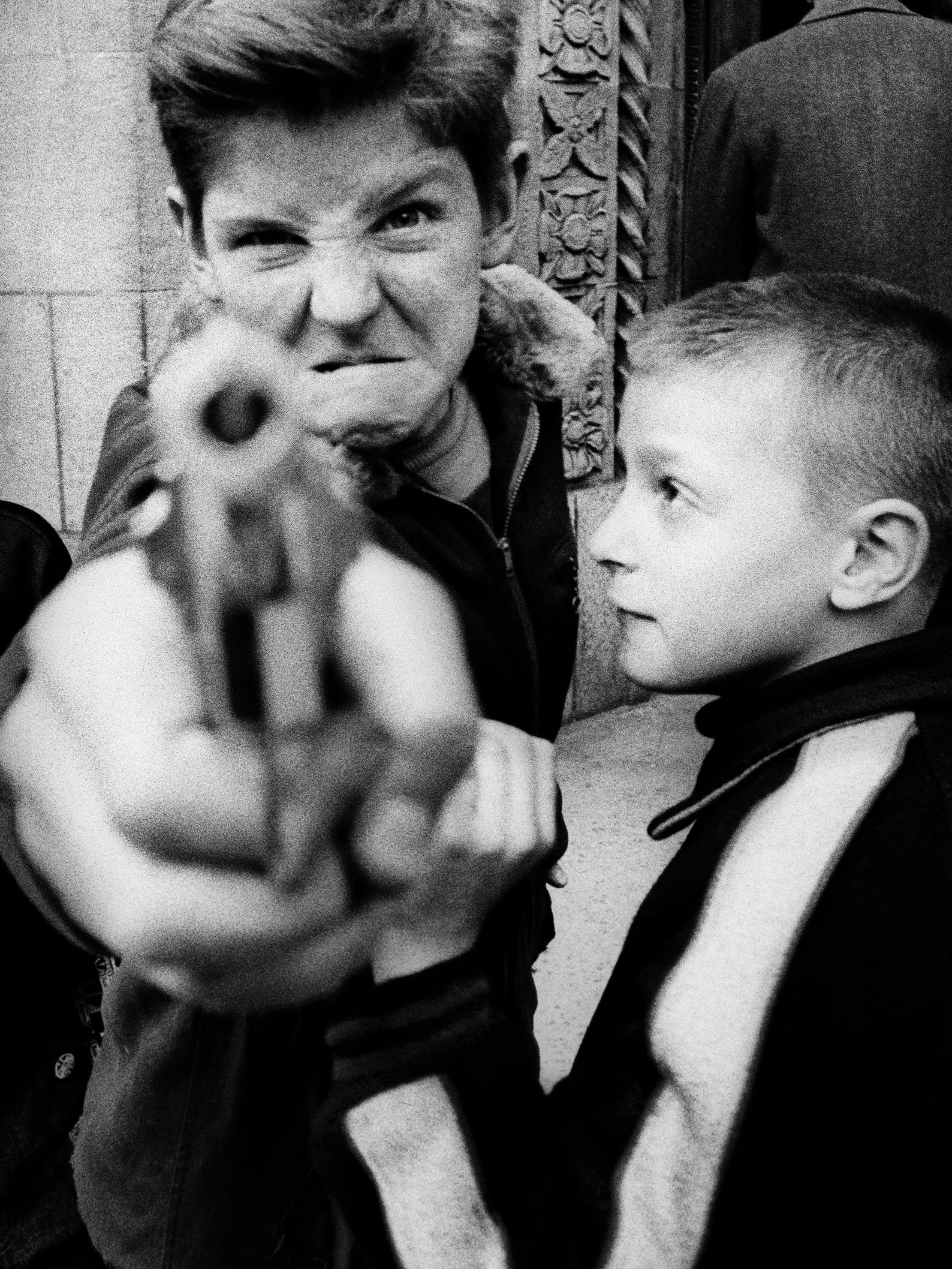William Klein



William Klein, living 1926 to 2022, was a French photographer born in America who is noted for his ironic approach to photography in the context of photojournalism and fashion. He was ranked 25th on Professional Photographer’s list of 100 most influential photographers and originally trained as a painter before finding fame being a fashion photographer for Vogue. During his career he was awarded the Prix Nadar in 1957, the Royal Photographic Society’s Centenary Medal in 1999 and the Outstanding Contribution to Photography Award at the Sony World Photography Awards.
Contrast and Differences
Henri Cartier-Bresson and William Klein represent two distinct and contrasting philosophies in the world of street photography. Their approaches, often described as observational and confrontational, highlight the broad range of the medium. While both focused on urban life and human behaviour, their photography is significantly different. Henri Cartier-Bresson adopted a quiet and unobtrusive approach to photography. He believed in capturing the decisive moment and focused on working discreetly. Cartier-Bresson held the opinion that the photographer’s role was that of a silent observer; someone who blends into the environment to capture authentic moments. His images are known for their clarity, compositional balance and subtle emotional resonance. In contrast, William Klein approached street photography with a raw and aggressive energy. Rejecting traditional expectations of composition, he embraced chaos and confrontation. Klein used wide lenses and shot at close range to amplify the intensity of urban life. He did not aim to be invisible and instead provoked and interacted with his subjects; capturing them in moments of direct engagement with the camera. His work is characterised by a rough aesthetic, producing blurry and grainy images that reflect the unpredictability of the streets. These differences not only define their individual styles but also symbolise broader artistic ideologies; one rooted in classical form and the other in bold experimentation.
Comparing Images


Henri Cartier-Bresson’s ‘Brussels, 1932’ and William Klein’s ‘Gun 1, New York’ are two photographs that approach street photography from different positions, both in terms of technique and in the intent behind the image. Cartier-Bresson used a 35mm Leica rangefinder camera with a fixed lens, likely shooting with a narrow aperture and a fast shutter speed to ensure clarity and depth. His image is clean and crisp with no obvious motion blur or grain which reflects his careful control of exposure and composition. On the other hand, Klein embraced a more experimental method; often shooting with fast film to produce images with raw texture and strong contrast. The depth of field is shallow in his photograph and the frame is tightly cropped. The subject is aggressively close which suggests a wide aperture in order to freeze the dramatic and confrontational gesture. Cartier-Bresson’s image is characterised by its restraint and geometry, showing two men standing against a blank wall with their backs turned to the viewer. The composition is balanced and minimal, relying on spatial arrangement and subtle body language to make viewers intrigued. The flatness of the wall and the symmetry of the figures creates a surreal visual. In contrast, ‘Gun 1, New York’ is chaotic and emotionally charged. Klein uses a confrontational composition which is filled with tension. This intensity is highlighted by the expressive young boy dominating the frame who is pointing a toy gun towards the lens of the camera. Contextually, these works emerge from extremely different artistic and cultural frameworks. Cartier-Bresson, a founding member of Magnum Photos, was shaped by surrealism and photojournalism. His work often reflects a European humanist tradition, seeking poetic resonance in ordinary life. In 1932, Belgium was between wars and so the photograph can be seen as a subtle commentary on self-reflection amongst Europeans. Klein, meanwhile, was reacting to the arrogance of post-war America. Trained in painting and influenced by abstract expressionism, he used photography to critique American values; particularly targeting the rise of consumerism and urban aggression in 1950s New York. ‘Brussels, 1932’ is ambiguous with the men facing a wall inviting a range of interpretations. It can be viewed as an act of contemplation, punishment or surreal humour depending on how an individual may read the photograph. The image questions what is worth photographing and encourages reflection on the absurdities of modern life. Klein’s photograph is direct and symbolic, however. The child’s aggressive gesture mirrors the violence fixed in American society even in its youth. The toy gun is both playful and threatening which blurs the lines between innocence and aggression. Klein’s concept is less about ambiguity and more about critique. His photograph confronts the viewer and challenges the idealised image of American childhood and identity.
